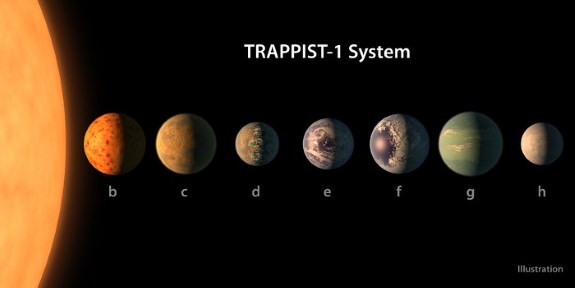TRAPPIST-1 is located 40 light-years away and now further research with the Hubble Space Telescope reveals several of these planets might harbor substantial amounts of water. The European Space Agency (ESA) reports the outermost, more massive planets of the system likely retained their water. Interestingly, three of these planets are within the habitable zone of the star, making them an interesting subject for further study:
The inner planets could have lost more than 20 Earth-oceans-worth of water during the last eight billion years. However, the outer planets of the system — including the planets e, f and g which are in the habitable zone — should have lost much less water, suggesting that they could have retained some on their surfaces. The calculated water loss rates as well as geophysical water release rates also favour the idea that the outermost, more massive planets retain their water. However, with the currently available data and telescopes no final conclusion can be drawn on the water content of the planets orbiting TRAPPIST-1.
